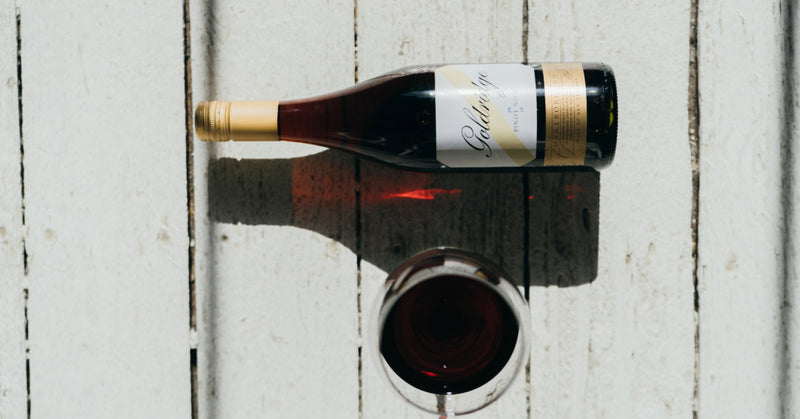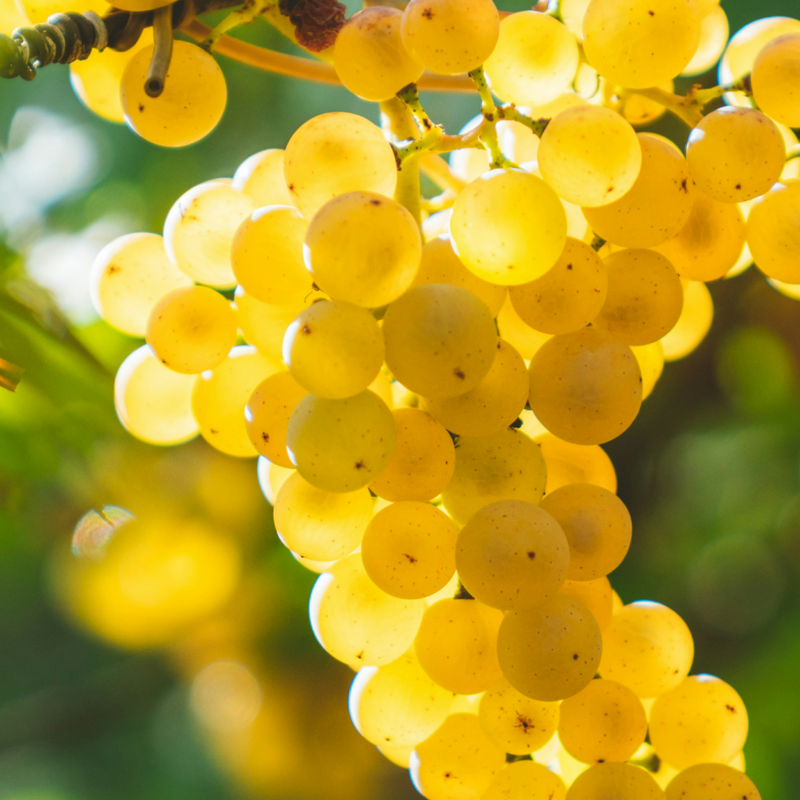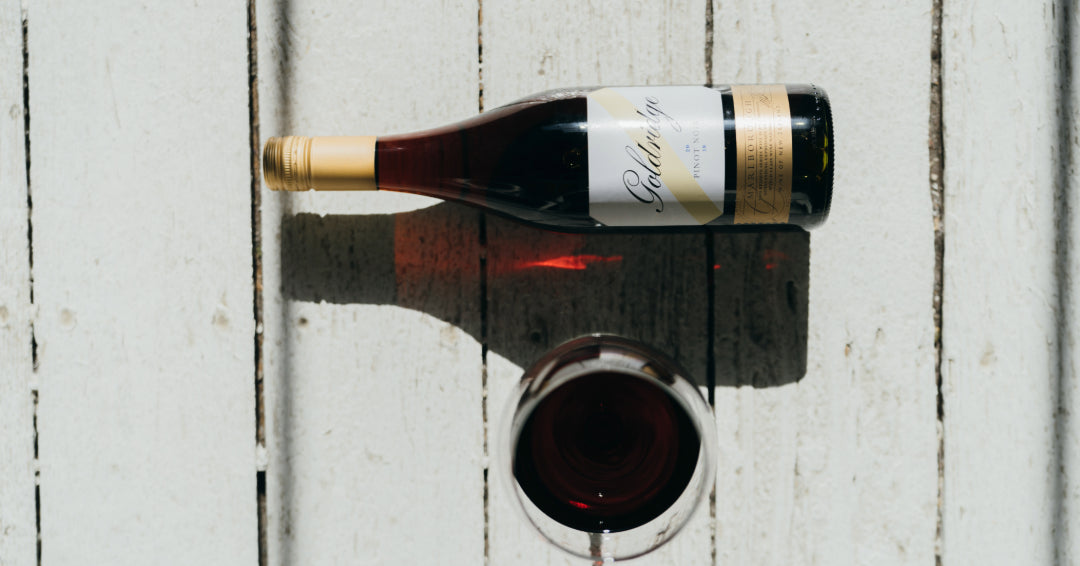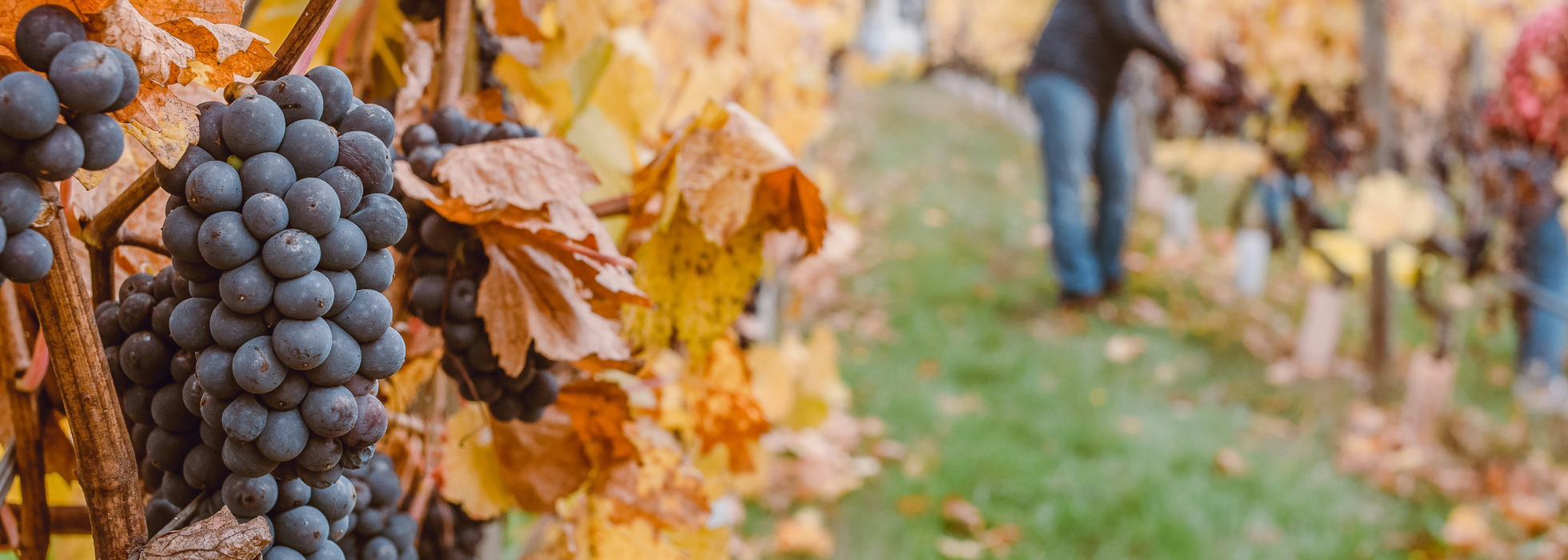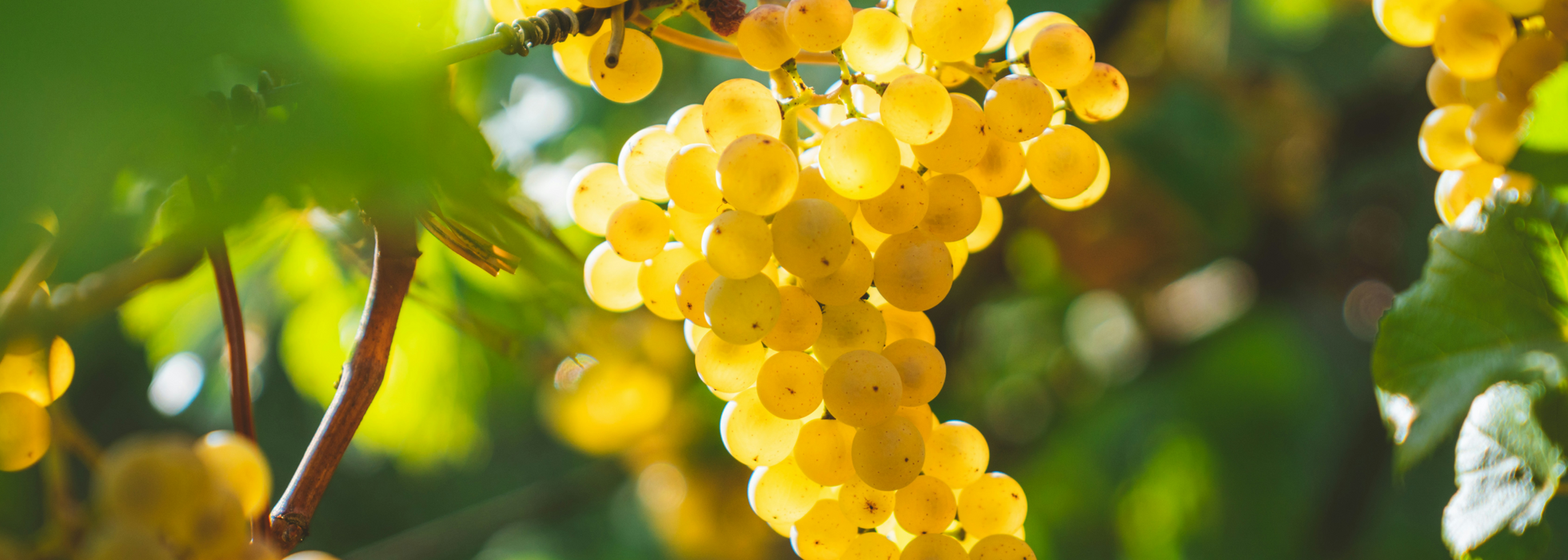
Tips for Reading Wine Labels
Whether you’re new to wine or a bonafide sommelier, a wine label always serves as your introduction to a new bottle.
Like the cover of a book or the poster for a movie, labels aim to inform and entice you with a mix of essential facts and cleverly worded advertising. They make you aware of crucial details, like the age, birthplace, and basic characteristics of a wine, but they also make creative attempts to whet your appetite for the bottles they adorn.
With that in mind, we at Wine Insiders present our Guide to Reading Wine Labels, an essential collection of the information you need to understand labels and be an informed wine consumer:
Two Sides to The Story
When you pick up a bottle of wine, you’ll notice its label has two sides: a front label and a back label.
Typically, the front label serves as a tool to get your attention. It often features a well-designed, eye-catching logo and basic facts like the wine’s vintage, producer and alcohol content (to name a few).
On the other hand, back labels primarily display boilerplate information the winemaker legally must include: government warnings, bottling address, declaration of sulfites, etc.

Front Label Essentials
Now that you know the role of the front and back of a wine label let’s detail each's essential components.
We’ll start with the star of the show -- the front label:
-
Type of Wine
As you’ve probably guessed, wine type is the first essential feature of a front label.
The wine type will tell you the kind of grape variety in the bottle (Cabernet Sauvignon, Pinot Noir, Rosé, etc.), which means that at least 75% of the bottle’s volume comes from that grape.
If your bottle is a blend made from multiple grapes, the winemaker will likely list (in descending order) the other kinds of grapes used to make the wine.
-
Producer
Another common-sense feature of a wine label, the producer lets you know who made the wine.
Usually, you’ll find a wine’s producer name in a small font at the top of the front label (standard for New World wines) or the bottom (prevalent among French winemakers).
If you can’t find the producer’s name on the front of the bottle, the bottler's name, located on the back label, is likely the maker of the wine.
-
Region of Origin or Appellation
On most front labels, you’ll see a wine’s region of origin (Spain, France, Italy, etc.) and/or an appellation (AVA in the US, AOC/AOP in France, DOC/DOCG in Italy, etc.) which is a legally verified designation of where the grapes in your bottle were grown.
Though a wine’s region of origin is self-explanatory, an appellation is more complicated and detailed.
This designation is arguably the most important and scrutinized feature of your label, as it serves as an ironclad, geographical guarantee by the winemaker that the contents of their bottle truly originate from where they claim to.
Typically, to legally claim that a wine comes from a specific wine region, 75% of the grapes must come from that state or country's named area.
There are stricter exceptions to this rule, however. For example, all California wines must originate from 100% California grapes to receive the state’s appellation.
-
Vintage
In simple terms, a wine’s vintage is the year in which the grapes that made the wine were harvested.
For example, if you purchase a 2018 Cabernet Sauvignon, that means the grapes used to make the wine were picked in 2018, while the wine was likely bottled and released the following year, 2019.
Just like appellation, some rules govern how winemakers can claim their bottle’s vintage.
In the United States and other wine-producing countries, winemakers must ensure that 85% of their bottle’s blend comes from the stated vintage year on the bottle.
-
Alcohol by Volume (ABV)
The last prominent feature of a wine’s front label is its Alcohol by Volume (ABV) percentage, which indicates the wine’s alcohol content.
A typical bottle of wine falls within the range of 10-15% ABV, with white wines averaging 10% and reds averaging 13.5%.
Wine Insiders Tip: While there may be other information on your bottle’s front label, the above essentials are the primary factors determining your bottle's quality and value.
Back Label Essentials
Once you understand a wine’s front label, it’s time to flip it over and peruse the back.
Here are the essential components of a wine’s back label:
-
Bottler
As you might imagine, the bottler of the wine is the company that bottles, packages, and ships the bottle.
To indicate the difference between a wine’s producer and its bottler, the bottler’s name and location are located on the top of the back label.
-
Net Contents
The net content of a bottle of wine is the total volume of liquid found in the bottle.
A standard bottle offers 750ml of wine, while half bottles offer 375ml and magnums, the largest available size, over 1.5L of vino.
-
Health Warning
Required by law, a government health warning can be found on every bottle of wine made after 1989.
The label discourages pregnant women from consuming alcohol and reminds you that alcohol can affect your ability to drive or operate heavy machinery and that it may cause health problems.
If, for whatever reason, you come across a bottle of post-1989 wine that lacks this warning, do NOT purchase it.
-
Sulfite Declaration
The final essential component of a bottle’s back label is a declaration of sulfites in the wine.
Sulfites, which are compounds used to preserve wine, can cause allergic reactions in some people.
As a result, winemakers must indicate when their wine contains sulfites in a level of 10 parts per million or greater -- the amount at which allergic reactions can occur.
Wine Insiders and Your Collection
Now that you know all about wine bottle labels, it’s time to explore Wine Insiders’ diverse and delicious collection of varietals and blend!
Whether you’re looking for a great deal on a high-quality bottle or a diverse set of Old or New World wines, we have the wines you need for every meal, occasion, and celebration.
For more information about wine, storage, and more - check out our full library of Wine 101 Guides!
